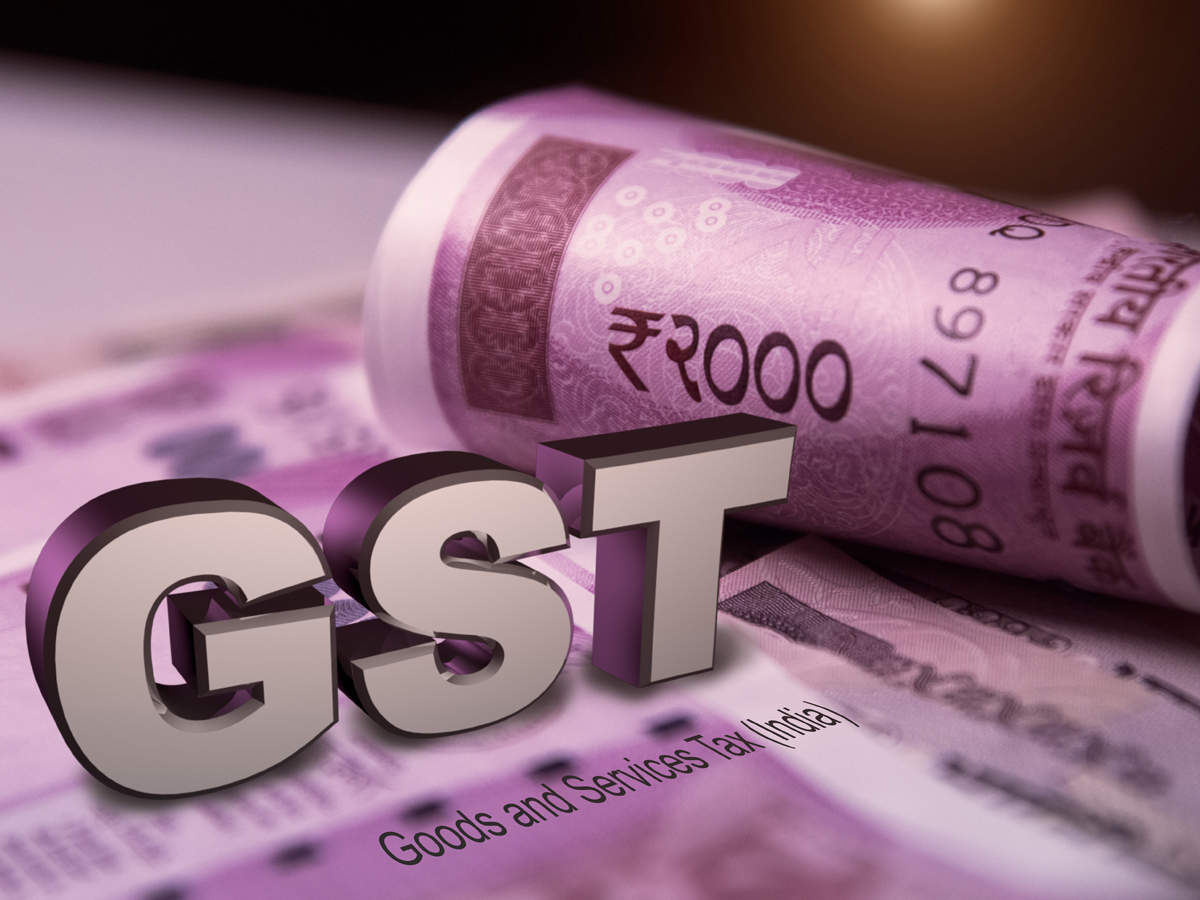 The shortfall in GST compensation payable to states in the current fiscal is estimated at Rs 2.69 lakh crore, of which Rs 1.58 lakh crore would have to be borrowed this year.
The shortfall in GST compensation payable to states in the current fiscal is estimated at Rs 2.69 lakh crore, of which Rs 1.58 lakh crore would have to be borrowed this year.
The Centre expects to collect over Rs 1.11 lakh crore through cess on luxury, demerit and sin goods which will be given to the states to compensate them for the shortfall in revenue arising out of GST implementation.
The remaining Rs 1.58 lakh crore would have to be borrowed to meet the promised compensation to states under the Goods and Services Tax (GST) regime.
As per the agenda note shared with states ahead of the GST Council meeting on Friday, the Centre estimates that although the GST revenues may see a recovery in the current financial year, there will still be a gap between the compensation need and amount raised through cess.
The 2021-22 Budget had assumed 17 per cent growth in GST revenues, translating into monthly gross GST revenue of Rs 1.1 lakh crore.
Based on this assumption, it has been estimated that for the period February 2021 to January 2022, the gap between protected revenue and the actual revenue after release of compensation would be around Rs 1.6 lakh crore.
In the last fiscal 2020-21, the Centre had borrowed on behalf of the states and released Rs 1.10 lakh crore to compensate them for the GST revenue shortfall. Another Rs 68,700 crore was collected by way of levy of cess.
The GST Council is to meet for the first time in nearly eight months on May 28.
Punjab Finance Minister Manpreet Singh Badal, in a letter to Finance Minister Nirmala Sitharaman, had earlier this week sought a discussion on floor and band of rates within which states may be allowed to fix their respective State-GST rates as all states continue to face revenue deficit of close to 20 per cent of the assured revenue.
In case of Punjab, the revenue deficit is in excess of 50 per cent, he had said, adding that GST has failed to garner the assured revenue, threatening the fiscal sovereignty of states.
“We need to start discussions on how exactly this gap is to be bridged in general together with the possibility of differential SGST rates for states which continue to have far greater deficits,” Badal wrote.
Under GST law, states were guaranteed to be compensated bi-monthly for any loss of revenue in the first five years of the GST implementation from July 1, 2017.
The shortfall is calculated assuming a 14 per cent annual growth in GST collections by states over the base year of 2015-16.
With states still continuing to face shortfall in revenue as GST collections declined on account of slowing economic activity mainly due to COVID-19, the GST compensation cess would continue beyond the first five years of GST implementation.